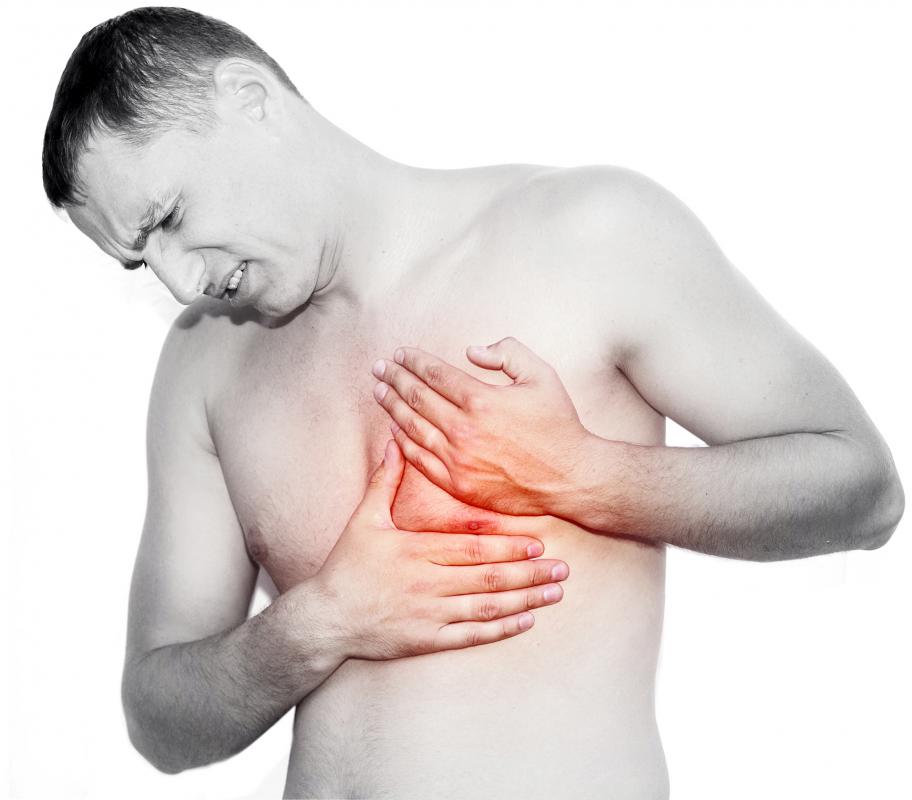At WiseGEEK, we're committed to delivering accurate, trustworthy information. Our expert-authored content is rigorously fact-checked and sourced from credible authorities. Discover how we uphold the highest standards in providing you with reliable knowledge.
What is a Desmin?
A desmin is a type of protein involved in stabilizing muscle structures. Sometimes, the gene encoding the protein has a mutation and produces a defective protein. This causes a disease called Desmin Related Myopathy (DRM) that is a rare, but very serious condition.
Intermediate filaments are tough, durable fibers made of proteins that form a meshwork in the cytoplasm surrounding the nucleus, and extend out to the plasma membrane. Their major function is to resist mechanical stress. Desmin is a type III intermediate filament protein, the class that is the most widespread of all intermediate filament proteins. It is found in skeletal muscle tissue, which is involved in movement and heart muscle tissue. These tissues are very effective at resisting stretching, because they are made up of myofibrils — long threads that are combined into parallel fibers.

A sarcomere is the structural unit of a myofibril. It is the sarcomeres that allow the cells to contract. The sarcomere has a band running through it called the Z-line, and desmin molecules bind around the Z-line to connect it to the muscle cell’s plasma membrane. With this connection to the sarcomere, desmin links the apparatus for contraction to a number of cellular structures. This maintains the stability of the cell as it contracts.

When the gene for desmin is mutated, DRM, also known as desminopathy, results. In this, the substance can no longer form protein filaments, and rather forms clumps throughout the cells. The sarcomeres no longer align, and the muscle fibers become disorganized and then die. This disruption is thought to affect other structures in the cell that also contribute to the demise of the muscle fibers.

Desminopathy was discovered in the 1990s. It can be transmitted through families genetically, or individuals can develop it spontaneously by developing a new mutation in the desmin gene. In many cases, there is no family history. The disease is considered to be very rare, but there appear to be many cases that are misdiagnosed, or not properly identified as desminopathy.
Weakness can develop in infancy or adulthood, affecting either the legs or the arms. It may also manifest as a heart condition. The disease can result in sudden early death. The age at which the disease appears and the rate at which it progresses may depend on the particular gene mutation, and the type of inheritance. There is no cure, but the symptoms can be treated. Genetic testing is now available for this disease.
There are other genes that can be involved in desminopathy. For instance, there is a gene for a protein that interacts with desmin called alpha B-crystallin, and its mutation can cause the development of desminopathy. Other unidentified genes have also been linked to the disorder.
AS FEATURED ON:
AS FEATURED ON:













Discuss this Article
Post your comments